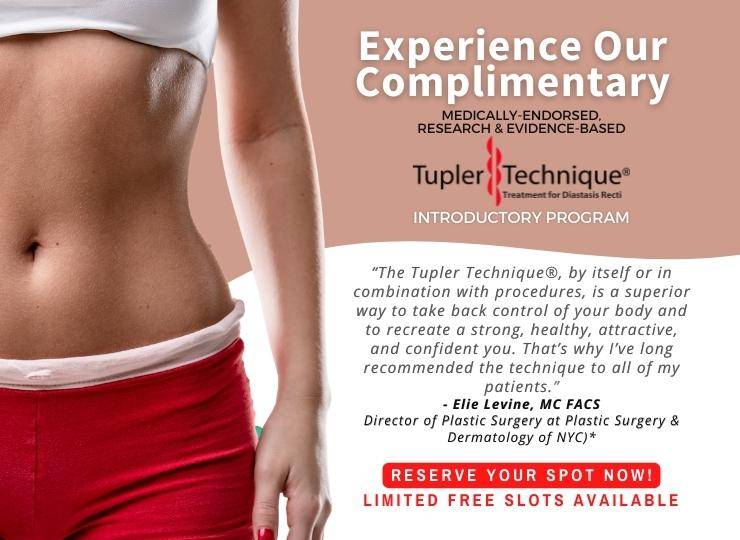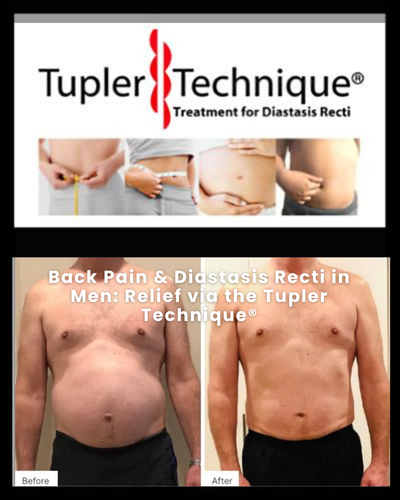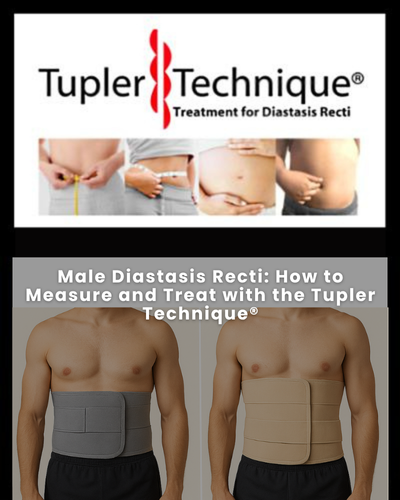your Back Pain might be caused by a Diastasis Recti
Are you having back pain and having no luck alleviating no matter what health care professional you go to?
Well, your back pain may be due to a condition call diastasis recti.
A diastasis recti is a separation of the outermost abdominal muscles.
The function of these outermost muscles is to support your back and your organs.
When the muscles separate, the connective tissue joining them stretches sideways and becomes thin and weak. So now it is this weak connective tissue ineffectively supporting your back causing back pain. So the first thing you have to do is check yourself for a diastasis recti.
Once you do, then do the Tupler Technique, bring the muscles together so now it's the muscles supporting your back instead of the weak connective tissue.
To learn more about how to do this and how to bring your separated muscles together with the Tupler Technique® please click on the link below and register for my complimentary introductory program.
You’ll learn how to:
• Check yourself for a diastasis.
• Learn about the research & evidence-based 4-step TUPLER TECHNIQUE® Exercise Program.
• Diastasis-safe workouts











